10 Millionaire Entrepreneurs Who Bounced Back From Bankruptcy
By Matt Goddard, The Top Business Schools and Degrees, 14 January 2013.
By Matt Goddard, The Top Business Schools and Degrees, 14 January 2013.
With recession gripping large parts of the world, companies and individuals face bankruptcy on a daily basis. However, this doesn’t mean it’s the end: a number of famous entrepreneurs, world-renowned for their acumen, have actually overcome bankruptcy. All of the entrepreneurs on this list refused to throw in the towel and concede defeat. And most of them bounced back from the brink, going on to become even more successful than they were before trouble hit.
We list 10 millionaire entrepreneurs who bounced back from bankruptcy.
10. Stan Lee (1922–)
Thanks to a number of cameo movie and television appearances, comic book crusader Stan Lieber, better known as Stan Lee, has become almost as much of a pop culture icon as his superhero co-creations - which include the X-Men, Spider-Man, Thor, Iron Man, and the Hulk. But while these characters have gone on to ride high at the movies in recent years, and Marvel has become the highest-grossing movie franchise ever, things weren’t always so rosy for Lee.
Lee worked at Timely Comics (which later evolved into Marvel Comics) as a proof-reader and inkwell filler. There, he impressed his colleagues and was promoted to comic book writer. He later became the face of Marvel Comics and lived the good life in the late ‘70s and early ‘80s. Having previously worked for Marvel as an editor, Lee served as a publisher for the company from 1972 to 1996.
In 1998, with lawyer Peter Paul, Lee created new online marketing and production company Stan Lee Media. However, the company ran out of funds when the dot.com bubble burst in the early 2000s, and Lee was forced to file for Chapter 11 bankruptcy protection. He fought back, though, co-forming POW! Entertainment and infiltrating the pop cultural subconscious with several high-profile cameo appearances, including a 2002 role in The Simpsons.
In 2006, Lee was honoured by Marvel with a string of one-shot comic appearances as himself. In 2007, Marvel brought out a Stan Lee action figure. And in 2012, at a San Diego comic convention, 90-year-old Lee publicly declared his new YouTube channel Stan Lee’s World of Heroes.
9. Walt Disney (1901–1966)
With such a well-known legacy, it’s perhaps no surprise that Walt Disney left behind a wealth of rumours in his wake - including the idea that he was cryogenically frozen and stored under the Pirates of the Caribbean ride at Disneyland. While tales of mouse infestations overrunning his earlier businesses - including one particular mouse named Mickey - may never be proven, other details of Disney’s back-story are true. Before the animated Mickey, or even his predecessor Oswald the Rabbit, young Walt Disney’s “Newman Laugh-O-Grams” had become well loved in Kansas City, enabling the entrepreneur to start his own studio, which he named Laugh-O-Gram.
Disney’s financial sense was soon put to the test, though. Despite early popularity, the studio’s rapid employment of animators was too much for the business to sustain. Eventually, immense debt forced the company into bankruptcy and left Disney penniless. However, these events were to change the face of movie studios forever.
Joining forces with his brother, Disney left for Hollywood, hoping that the industrial heartland of movies would provide a better backdrop for his ambitions. Together, the pair formed the Disney Brothers Cartoon Studio in 1923. And today, revenue-wise Disney’s company is the biggest media conglomerate in America.
8. George Foreman (1949–)
George Foreman’s résumé is impressive: he’s been the world heavyweight boxing champ twice, he’s won an Olympic gold medal, and he’s a successful entrepreneur, a Baptist minister and an author. The oldest heavyweight champion in history, Foreman has enjoyed a formidable boxing career. But it’s his chequered financial track record that contributed to his second comeback in 1987.
In the late 1980s, having squandered a fortune, Foreman filed for bankruptcy. Yet even so, his successful return to the ring earned him millions. What’s more, he said his comeback was down to healthy eating, which is a claim that made him the perfect candidate for Russell Hobbs Inc.’s new fat-reducing grill. His endorsement of the world-famous George Foreman Grill led to phenomenal sales of over 100 million units in 15 years.
Foreman’s full fortune has never been revealed, but it’s speculated that he has earned over $200 million from the deal, which is much more than he earned during his time in the ring.
7. Clarence Saunders (1881–1953)
The grocery cooperative that Clarence Saunders set up when he moved to Memphis in 1902 changed the world. Saunders’ experiences of watching smaller grocers fail due to overheads and credit problems led to his legacy as the developer of the modern self-service retail sales model. He established principles that created the supermarkets we know today, but his career was far from plain sailing.
In 1916, Saunders established the new self-serving Piggly Wiggly grocery chain, and he patented the idea of the “self-serving store” in 1917. Piggly Wiggly was a tremendous financial success that eventually grew to 2,660 stores. But in 1922 the chain was de-listed from the New York Stock Exchange amid monopoly concerns, and Saunders left, bankrupted by a legal battle that cost him $3 million.
Saunders bounced back with the Clarence Saunders Sole Owner of My Name Stores (Sole Owner for short), which grew to 675 stores by 1929, generating $60 million in the process. When the Great Depression reared its head, however, Sole Owner was bankrupted - in 1930. Saunders continued working on formats for the fully automated store until his death in 1953. But still the legacy of his vision lives on.
6. Henry J. Heinz (1844–1919)
In 1875, Henry J. Heinz was a partner in successful condiment-producing company Heinz Noble & Company. However, he was bankrupted by harvest complications that caused dramatic increases in payroll and procurement expenditures. According to Heinz, before the age of 31 his prolonged efforts to save the business had made him ill with stress. And the effects stayed with him for many years.
Within a few months of the bankruptcy, Heinz joined his brother and cousin with a $3,000 investment and formed a new business: F & J Heinz. The company blossomed, and Heinz bought his partners out, reshaping the company as the H. J. Heinz Company, which went on to become a multibillion-dollar success story.
Heinz’s business enterprise flourished under his leadership, setting progressive company benchmarks in the process. These included safe food preparation and working with the Food Administration, free medical care for employees, recreational facilities and educational opportunities like libraries, free concerts, and lectures.
5. Henry Ford (1863–1947)
Henry Ford is famous for his approach to business. And his mantra, “Any customer can have a car painted any colour that he wants so long as it is black,” is one of the most legendary lines in the history of free enterprise. Still, Ford’s business mind didn’t always overrule his love of cars.
As a mechanic and engineer, Ford launched the Detroit Automobile Company in 1899. However, his perfectionist attempts to hone his craft plus constant fiddling proved too much for the fledgling business, and the company was bankrupted in 1901 - after Ford had produced just 20 cars.
The company was restructured as the Henry Ford Company and went on to great success, eventually changing its name to the Cadillac Automobile Company. All the same, Ford had left by then, and he went on to set up the Ford Motor Company in 1903. Then in 1908 Ford proceeded to launch the Model T Ford, widely regarded as the world’s first affordable car.
4. William C. Durant (1861–1947)
William C. Durant came from a family of astute businessmen. His maternal grandfather was a lumber and railroad magnate, and his father was an accomplished banker and stock speculator. As a teenager, Durant dropped out of high school to work at his grandfather’s lumberyard, and he was soon using his family’s money to gain leverage in other companies. In 1904, he even saved the Buick Manufacturing Company from bankruptcy and helped it to become a leading automobile firm.
In 1908, Durant used $2,000 of his own money to found General Motors (GM), instantly setting up a stock offering that generated $12 million in less than a fortnight. However, he was pushed out in 1910 when his business policies left the company overstretched.
Undeterred, Durant bounced back and went on to form Chevrolet and then Durant Motors. Yet Durant Motors was his last automobile company, as the Great Depression obliterated his early success. Durant’s rollercoaster finances left him bankrupt at the age of 75, and he and his wife were supported by a pension provided on behalf of General Motors until his death in 1947. Even so, the companies Durant started live on, and his name is still synonymous with financial success.
3. Phineas Taylor Barnum (1810–1891)
P. T. Barnum is a name long associated with entrepreneurial showmanship. As a young man, Barnum had already owned a number of varied businesses, but it was when he moved to New York in 1834 that he began his career as a showman. With the purchase of a museum and theatrical shows, as well as tours overseas, he built a successful business empire.
That said, by 1856 Barnum found himself bankrupted by poor investments. Yet although deeply indebted, his solution was typically entrepreneurial. He embarked on a lecture tour that forged the way for further successes, including the creation of America’s first aquarium.
At the age of 61, Barnum entered the circus business for which he’s best known. And, already a celebrity, he cemented his fame as a player in his own shows. Throughout his life, Barnum worked as an author, publisher, philanthropist, and a politician, but he always said, “I am a showman by profession.”
2. Milton S. Hershey (1857–1945)
Milton Hershey was born in Derry Township in Pennsylvania and grew up working hard on the family farm. He stopped schooling in fourth grade, but a lack of education didn’t prevent him from succeeding. The young Hershey spent six years establishing a confectionery business in Philadelphia using the experience he had gained from a candy- and ice-cream maker apprenticeship. But even the help of his mother and aunt couldn’t save the business from going bankrupt in 1882.
Hershey then moved to Denver just as a three-year depression hit the city. And in 1883 he moved to New York, where another attempt at a confectionery business failed in 1886. Still, returning home penniless changed his life.
Hershey soon set up the Lancaster Caramel Company and at last saw the success for which he had been so desperate. By 1894, he was one of Lancaster’s most affluent residents, but his story was far from over. Convinced chocolate was the way forward, in 1900 Hershey sold his caramel business for $1 million and formed the Hershey Chocolate Company. Then in 1918, after his wife’s death, he bequeathed his fortune and company to the Milton Hershey School, which Hershey and his wife had established in 1909. That gift was valued at $60 million.
1. Donald Trump (1946–)
Love him or hate him, Donald Trump is one of the most famous businessmen in the world. His empire spans hotels, resorts, finance, golf course development, and entertainment - including world-famous series The Apprentice. On the back of his outspoken nature and well-known right-wing political views, Trump even entered the realm of politics in 2010. His stature as a successful businessman is undeniable, but his route to the top is perhaps even more impressive.
Trump started working for his father’s rental housing company, Elizabeth Trump & Son, while he was at university. Then in 1971, he took the company’s reins and changed its name to The Trump Organization. Nevertheless, in 1989 a series of bad decisions left Trump without the money to pay off his loans. And by 1991 his new company was left bankrupt.
To avoid costly legal fees, Trump chose to restructure his debts. What’s more, he succeeded, facing the late ‘90s with renewed financial success and renown. Currently, his net worth is believed to be between $2.9 billion and $7 billion.
Top image: Donald Trump
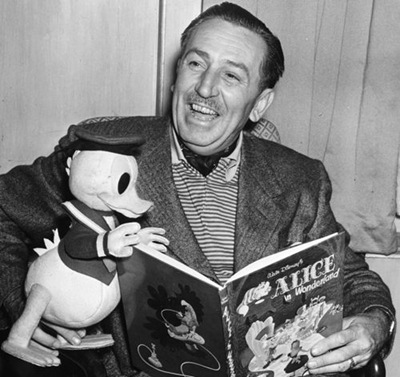
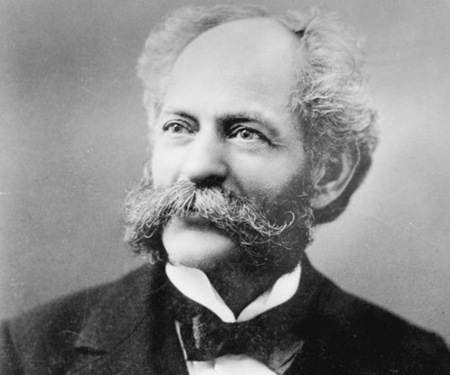
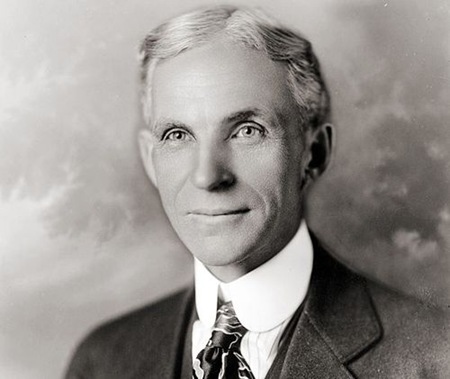
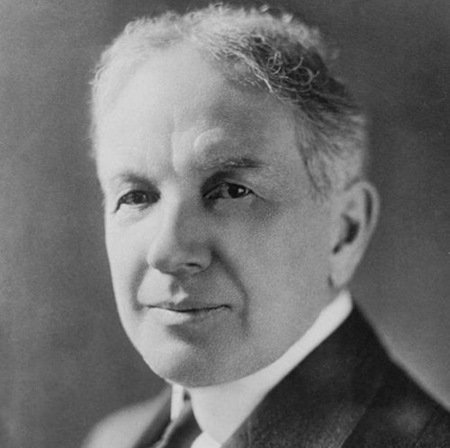

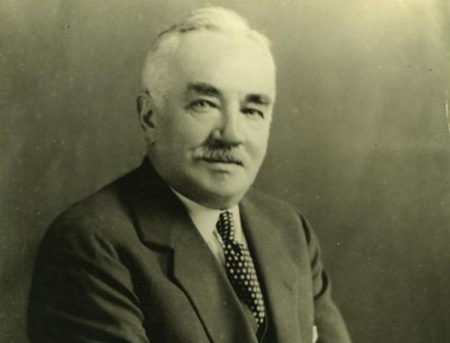
These are great stories of people who remained diligent in their business undertakings even after crashing. It is inspiring to see the common theme of persistence in these and many others of similar economic failures. It is vital to never stop, never quit, learn from mistakes make changes and carry on. It is not how hard a person can hit but rather how hard one can get it and still get back up. This is a great read. Dedric Robinson
ReplyDelete